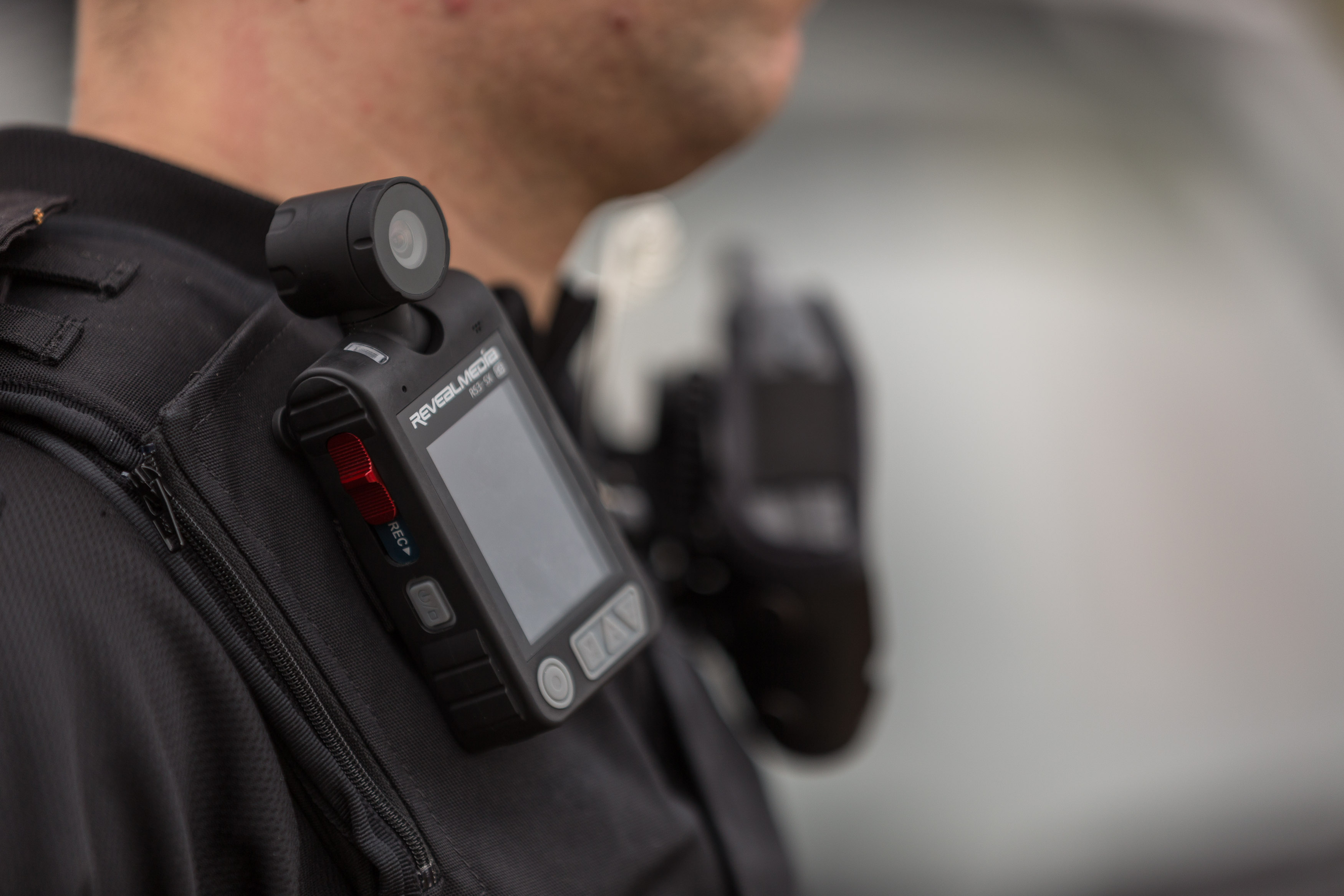Call for change in body-worn camera guidelines
OFFICERS should always be able to view body-worn cameras footage before giving witness statements, including in death and injury cases, the Police Federation conference has heard.
But Doug Campbell, of the Police Federation, warned officers must be treated fairly and not be “lambasted” for the contents of the footage. Currently, officers involved in death and injury cases are not allowed to view footage from their own body-worn cameras before they give their initial witness statement.
Mr Campbell said: “Death and serious injury can happen anywhere, at any time. Our members don’t go out there to deliberately harm the public.
“They have to be confident that they will be treated fairly and it makes sense that they should see the footage before they give evidence.”
He also warned that the service cannot be left behind as technology continues to advance.
He said: “We need body-worn cameras for the public good and the good of our members – it’s a no-brainer. But there has been a rise in technology and the police service has been behind the curve.
“There is no point buying a product that could be out of date in six months. We have 43 budgets, 43 purseholders and competing pressures. There has to be a better way for forces to work collectively. We need this technology or we are going to get left behind.”
Hampshire Chief Constable Andy Marsh, who is the national lead on body worn video, announced that he is deploying cameras to 2,800 frontline staff who will benefit from it.
And he said the public should be able to see how “rough and difficult” policing can be.
He said: “Policing is not a game or a memory test but the way we expect people giving evidence to behave, it seems like it is a memory test. It is police officers’ independent witness.
“Officers in Hampshire have described it as the best bit of kit they’ve ever been given. And we encourage officers to give commentary to explain what they’re doing and why they’re doing it.
“We do society and the police no service when we seek to gentrify policing, it is rough it is difficult. Clips [from body-worn cameras] open their eyes to how difficult and impressive the work of the police is. And we should let public see how difficult it is.
“People are shocked and stunned, and impressed with the professionalism of our officers. It opens a window onto human nature – the worst and the best. It shows the compassion and bravery of our people on the ground.
“If we are going to have fewer people, those fewer people have to be well equipped, well led and supported by appropriate technology.”
Sgt Adam Smith, Firearms Training Manager at the Met, warned officers to be aware of perceptual distortion – where officers in high-stress situations perceive situations differently because the brain only processes information to help them decide how to behave or act appropriately rather than recording events like a video.
He told delegates: “Having body-worn video from officers’ perception would back up what they are seeing. Video can’t replace an officer’s honestly held belief built on experience, training and situational awareness.
“Body-worn video can only supplement an officer’s statement – it can’t be primary evidence. We cannot substitute the personal experience of the officer writing the statement.”

